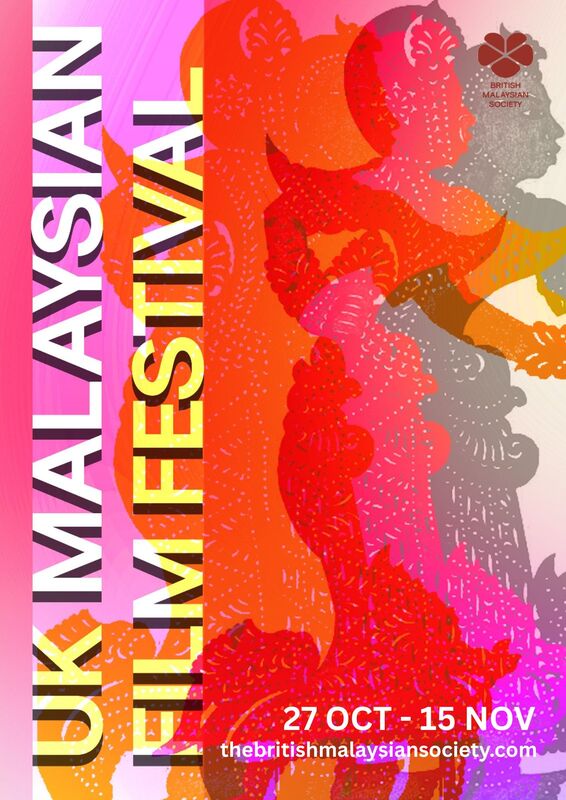Reply to this article that came to our attention today 30-10-2025
https://www.linkedin.com/pulse/new-gay-agenda-divorce-from-tq-james-roberts-z6u5e/
Dear James,
Thank you for sharing your thoughts so candidly. I appreciate your commitment to clarity and fairness, especially during Pride Month when many are reflecting on how best to support diverse communities. While I understand your concerns, I’d like to gently offer a few clarifications and historical insights that may help broaden the conversation.
1. LGBTQ+ is not a forced alliance—it’s a shared history of resistance.
The inclusion of trans people in the LGBTQ+ movement is not a recent invention. Trans women of colour, such as Marsha P. Johnson and Sylvia Rivera, were instrumental in the Stonewall uprising of 1969, widely considered a turning point in the fight for gay rights. The “T” was not added arbitrarily—it reflects decades of solidarity and shared struggle against criminalisation, discrimination, and violence.
2. Sexual orientation and gender identity are distinct, but often intersect.
While it’s true that being gay and being trans are different experiences, many trans people are also lesbian, gay, or bisexual. Separating movements risks erasing those who live at the intersection. Moreover, both groups have historically faced similar legal and social barriers—such as exclusion from employment, housing, and healthcare—which is why advocacy has often been united.
3. The idea that TQ+ erases LGB is not supported by evidence.
There is no data suggesting that trans advocacy undermines gay rights. In fact, inclusive policies—such as anti-discrimination laws—benefit all LGBTQ+ people. Studies show that workplaces with LGBTQ+ networks and inclusive language foster better outcomes for everyone, including LGB staff.
4. Comparing LGBTQ+ to BAME oversimplifies both.
While acronyms can sometimes obscure nuance, they also serve as shorthand for coalitions built on shared goals. The critique of “BAME” is valid in some contexts, but it doesn’t directly translate to LGBTQ+—which is not a racial category but a coalition of sexual and gender minorities who have historically fought side by side.
5. The notion of a “divorce” risks fragmentation at a time when unity is needed.
With rising hate crimes and political backlash against both gay and trans people, dividing the movement could weaken its collective voice. Unity doesn’t mean uniformity—it means recognising differences while standing together for dignity, safety, and rights.
I say all this with respect for your experience and your right to express concern. But I believe our strength lies in solidarity, not separation.
The LGBTQ+ movement has always evolved, and its inclusivity is not a dilution—it’s a reflection of our shared humanity.
Warm regards,
Jean-François.


.png)






